Auto parts float against a lovely blue background at Chicago’s Ninevah Auto Parts. Back to the Automotive Art Gallery index
Continue reading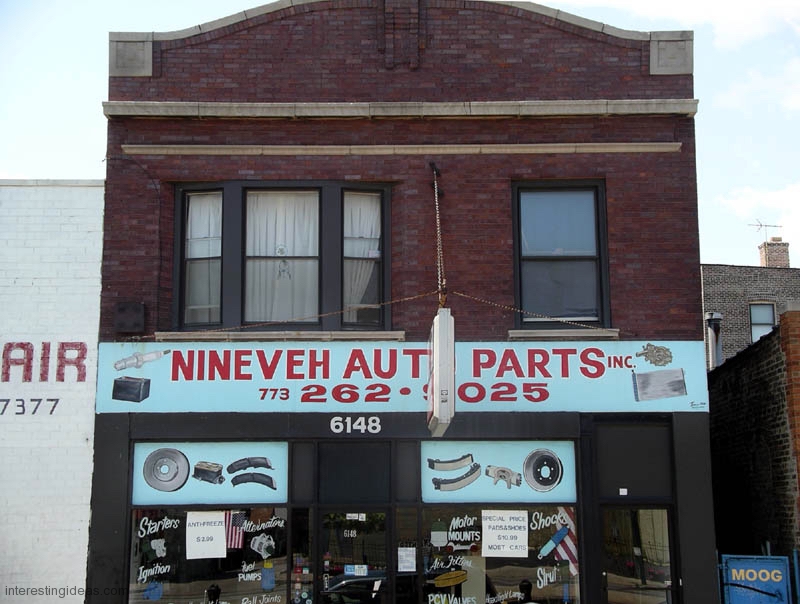

Auto parts float against a lovely blue background at Chicago’s Ninevah Auto Parts. Back to the Automotive Art Gallery index
Continue reading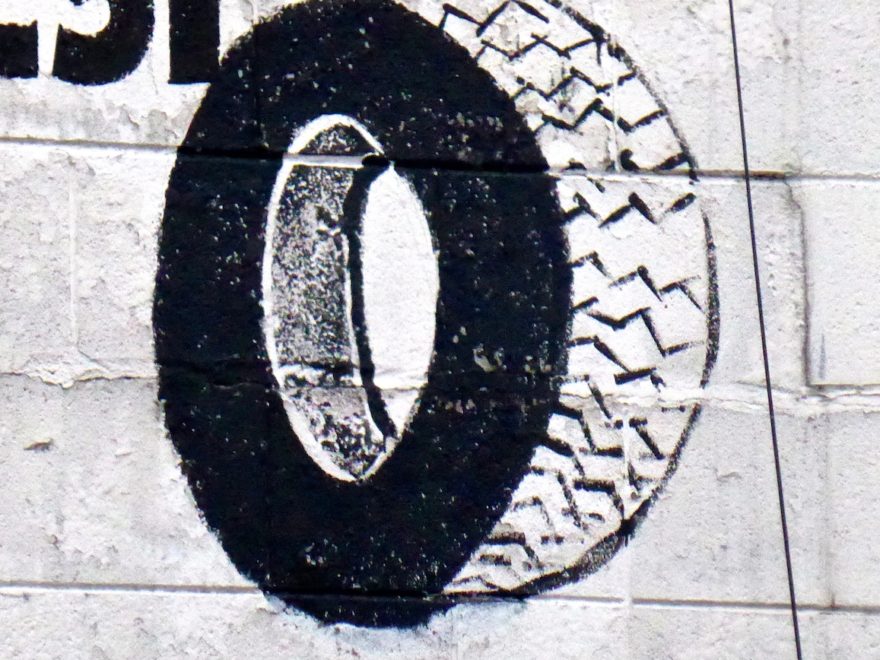
Like mufflers, tires have a special place in the universe of automotive signage. Painted tire art can be found in many locations, and actual tires, like actual mufflers, can serve very effectively to advertise a service. Personally, I love the simple tire-on-a-stick, though there is still much to like in every artist’s painted rendition of this ubiquitous form. Back to the Automotive Art Gallery index
Continue reading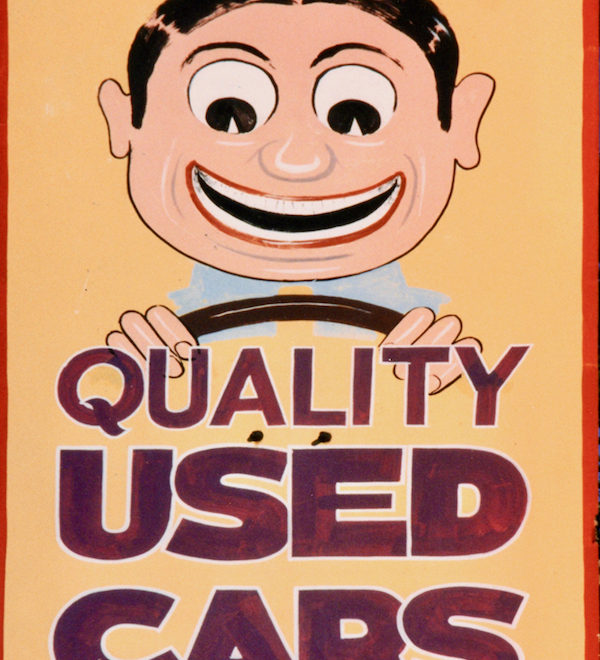
Here’s a look back at a spectacular automotive art environment that once graced Chicago’s greatest decorated street. Regency Auto Sales was a blast of color and excitement as you headed down Western Avenue toward Chicago’s southern boundary. Each of the carnival-like signs scattered around the car lot was a strong work of art in itself. Together they formed an ensemble as exciting and expressive as any art environment should be. Just north of Regency was Tom’s Auto Mart. It was not nearly as elaborate as Regency, but its use of Disney characters to sell used cars was charming, a nice
Continue reading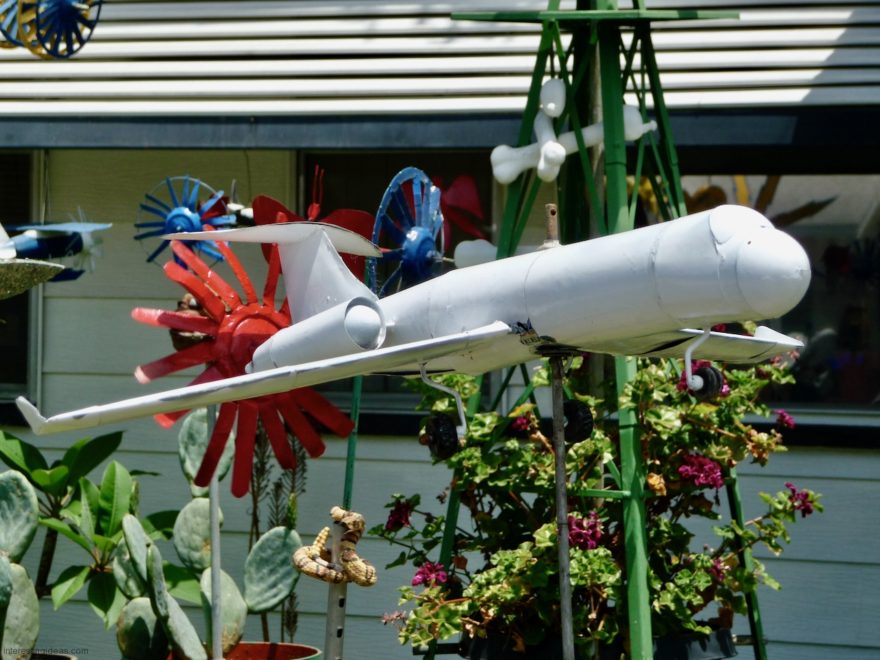
Wind power today usually means alternative energy, but there are those who harness it as a source of personal expression: The whirligig makers. Vollis Simpson ran a machine shop, did heavy equipment repair and was involved in moving houses. In retirement, he started tinkering with odd parts he had lying around. And he started making whirligigs. Big ones. His original whirligig park, in an out-of-the-way field in out-of-the-way Lucama, North Carolina, was the world’s most spectacular concentration of these wind machines. Simpson died in 2013, but the whirligigs were preserved and relocated to a dedicated park in nearby Wilson, where they
Continue reading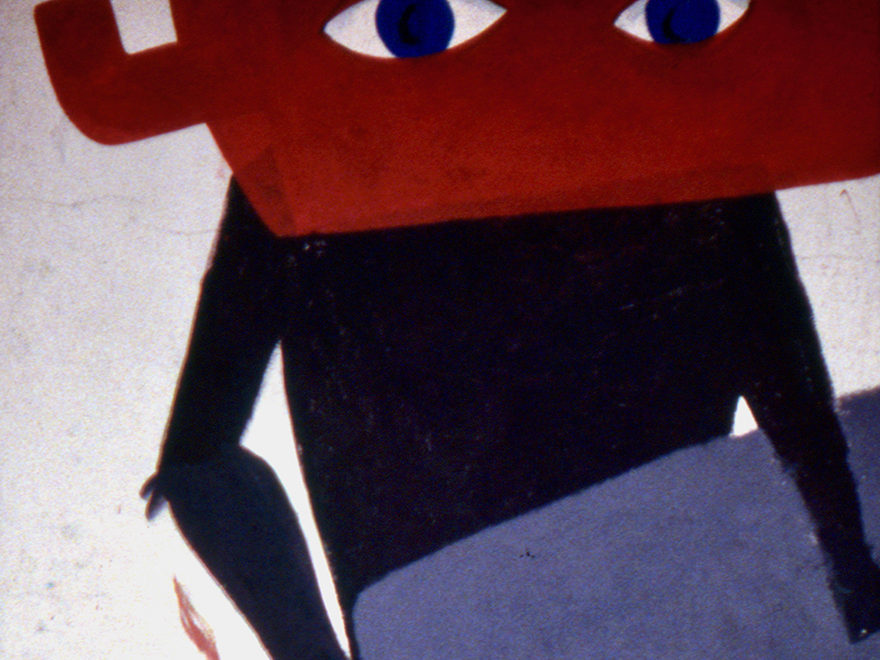
Sculpted muffler figures represent one of the great roadside folk arts, but 2D representations of exhaust pipes and related auto parts are often just as imaginative. The ominous figure from the former E&T Mufflers in Chicago is the greatest example of art on a shop sign I’ve even seen in the wild. Here’s that one again, another image from the same location, and a bunch of other delightful renderings from the underside. Back to Muffler People: The Last American Folk Art.
Continue reading
Walks to the Paradise Garden: A Lowdown Southern Odyssey, by Jonathan Williams, photos by Roger Manley & Guy Mendes. Institute 193, Lexington Kentucky and New York, 352 pages, 100 color images and 80 black and white , 2019. ISBN: 978-1732848207. Hardcover, $45. It’s a shame this book wasn’t published as intended in the 1990s. Not only would its author have still been alive, but so would most of the artists he encountered on his travels across the back roads of the South. Inspired by William Least Heat-Moon’s Blue Highways, Jonathan Williams, poet, publisher and lover of the vernacular, undertook a series of
Continue reading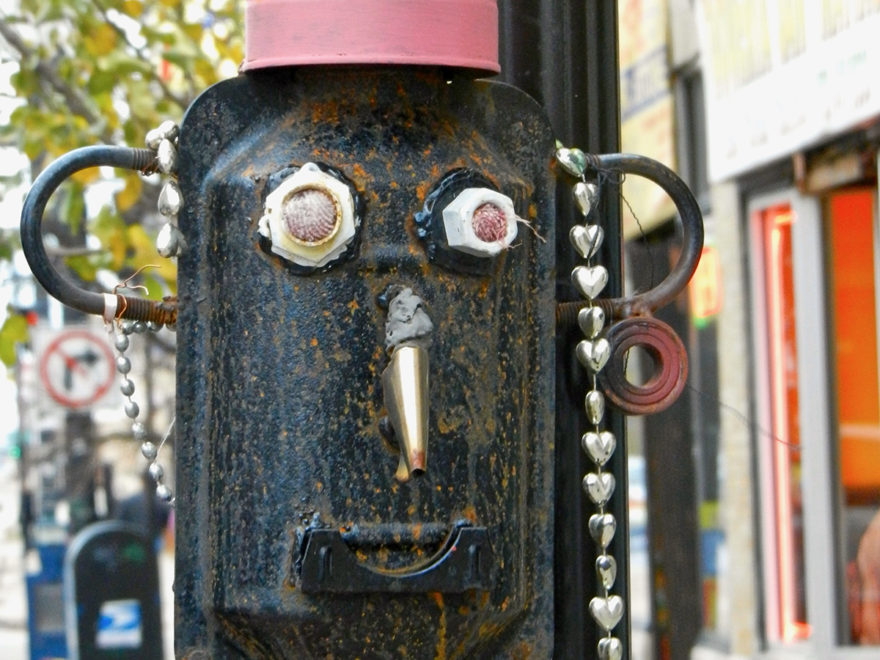
Calling muffler people “the last American folk art” may be a bit of an exaggeration, but not by much. If you accept a fairly rigorous definition of folk art, much of what is called folk — whether art, music, or craft — isn’t. That is, it’s not made by artists working from within a communal creative context, artists whose roots are in local or regional traditions more than in mass culture or eccentric visions. To say that Bob Dylan was never an actual folk singer or Howard Finster a folk artist does not diminish their talent or even their authenticity
Continue reading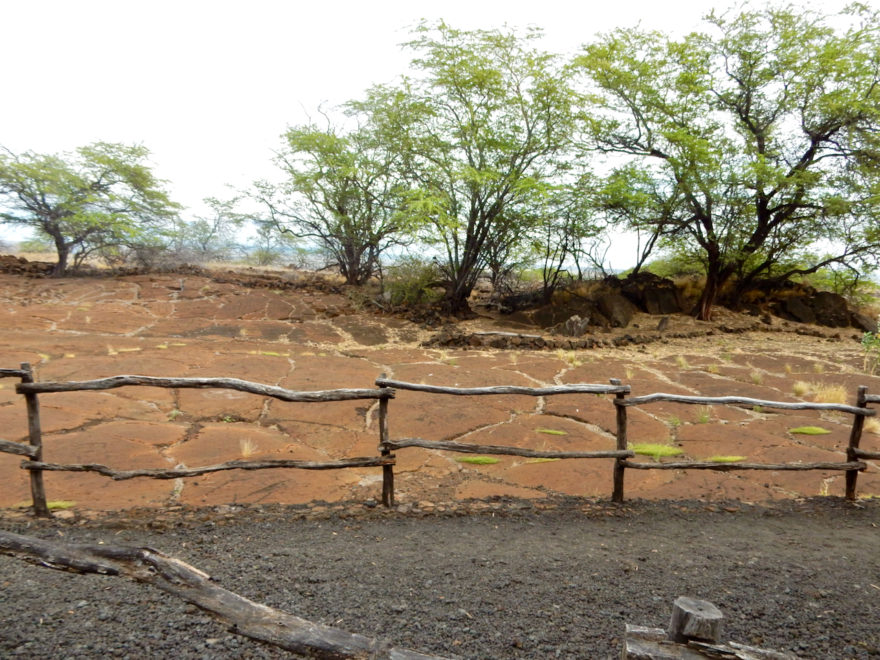
The Puako site, which is only a few miles from Waikoloa, has nearly 4,000 documented petroglyphs, some likely to be at least 800 years old. There are some fantastic groupings of anthropomorphic figures here. Some carvings have been lost to construction and fire-fighting activities, and the whole site is set within a dense forest of invasive kiawe trees. Some of the surviving carvings have been damaged by human activities, in some cases vandalism, but also by being loved too much. Taking rubbings or making casts harms the petroglyphs. But the site is still a remarkably concentrated instance of human creative
Continue reading
The Pu`u Loa petroglyph site is in a more-or-less middle-of-nowhere section of Hawaii Volcanoes National Park. It was a popular destination, however, over the hundreds of years when its 23,000+ carvings were being created, and it remains deservedly so today for visitors to the park. The site is especially rich in cupules, where umbilical cord stumps were placed to ensure health and long life for babies. It appears many family members made the trek to this location to perform that ritual. Much of the information on this and my other Hawaii pages is from the highly recommend Spirit of Place:
Continue reading
Hawaiian petroglyphs are rich in symbols, with a tremendous concentration at Waikoloa. Circles predominate, some in conjunction with cupules, some concentric, and some stopping short of completion. One theory holds that circles recorded a circumambulation of the island, with multiple circles indicating the number of people in the group. But the certainty of that account seems a bit shaky. More dependable, it seems, is the narrative of cupules being the repository for umbilical cords. Much of the information on this and my other Hawaii pages is from the highly recommend Spirit of Place: Petroglyphs of Hawaii, by Georgia Lee and
Continue reading